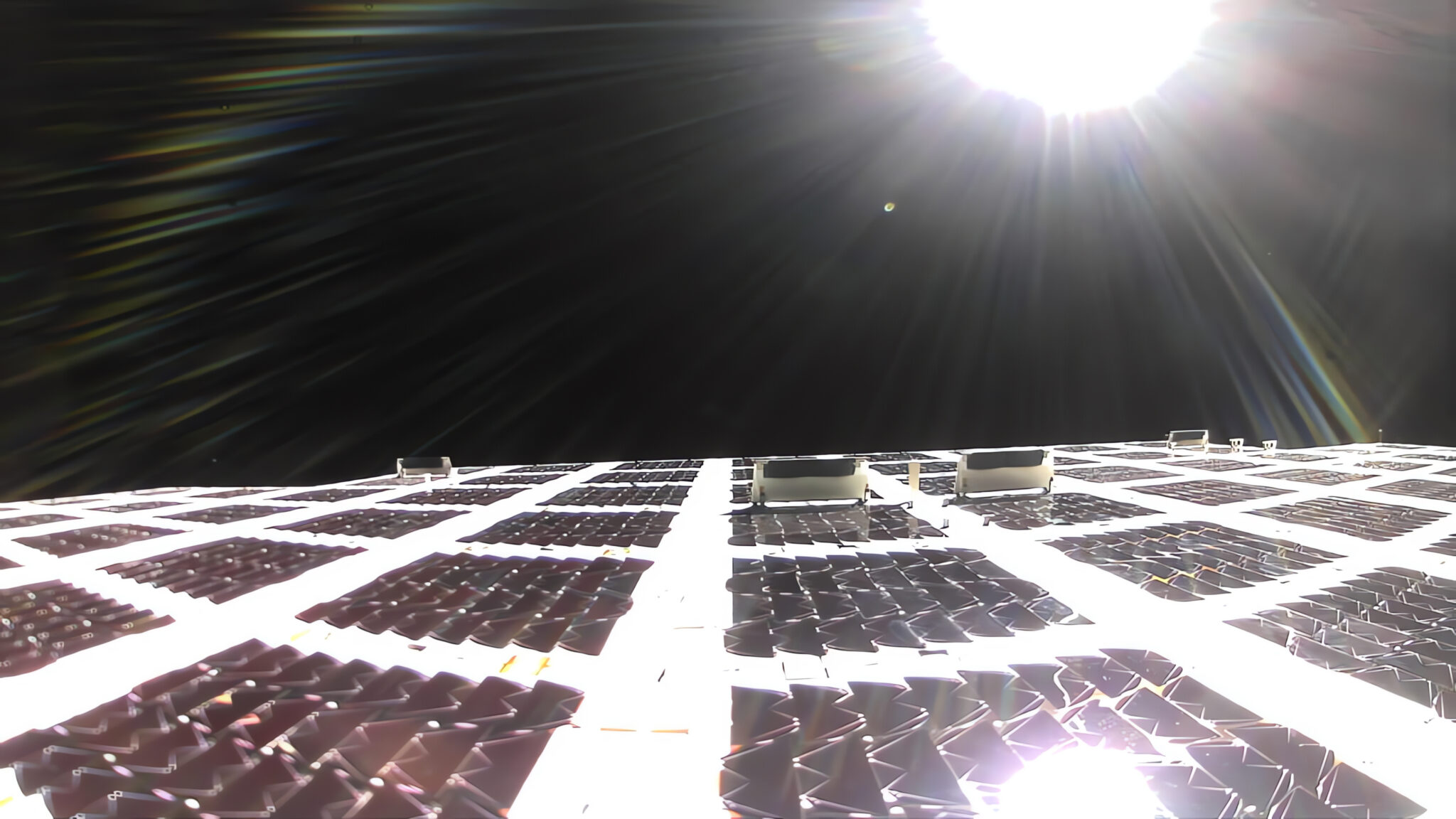A satellite providing broadband 5G connectivity for mobile devices on Earth called BlueWalker 3 has deployed its first-of-its-kind array of solar panels with an area of 211 m2. At its core, it began to act as the highest tower of cellular communication. The expanded array is covered with solar cells on one side, collecting energy to power the antennas on the opposite side.
Important mission of BlueWalker 3
BlueWalker 3 was launched into low Earth orbit on a SpaceX Falcon 9 rocket in September 2022. It is operated by the Texas company AST SpaceMobile. If everything goes according to plan, the company will launch a series of more than a hundred such satellites under the general name Bluebirds.

“Everyone should have the right to access broadband cellular communications, regardless of where they live or work. Our goal is to eliminate connectivity gaps that negatively affect the lives of billions of people around the world,” CEO Abel Avellan said in a statement on Monday.

The company claims to have “deals and arrangements” with mobile operators around the world, including Vodafone, Rakuten Mobile, AT&T, Bell Canada, Telefonica, Telstra and others. The space service will offer expanded broadband cellular coverage in order to maximize coverage in previously inaccessible areas.
A serious drawback of Bluebirds satellites
The satellite is being watched not only by those interested in the new potential of deploying 5th generation communications in space, but also by astronomers. The fully deployed satellite turned out to be very bright. It came out brighter than some stars in the night sky with its radiance. This makes scientists worry that a whole fleet of Bluebirds may “litter” the night sky and interfere with astronomical observations.
The #BlueWalker3 operator confirms what amateur astronomers had already deduced; that the satellite unfurled its massive antenna, and in the process became one of the brighter objects in the sky when it passes over. https://x.com/AST_SpaceMobile/status/1592125761477308416
— Cees Bassa (@cgbassa) November 14, 2022
Astronomers are increasingly sounding the alarm due to the “littering” of low Earth orbit by communication satellites. SpaceX’s Starlink has already prevented scientific observations of deep space.
@AST_SpaceMobile‘s very bright #bluewalker3 passed over our bay area imaging site early this morning at about 5:15 AM local (GMT-8). pic.twitter.com/IhscthdnfN
— Exclosure (@TheExclosure) November 12, 2022
Earlier we reported on how SpaceX introduces a restriction of Internet traffic via Starlink.
According to Businesswire
Follow us on Twitter to get the most interesting space news in time
https://twitter.com/ust_magazine

